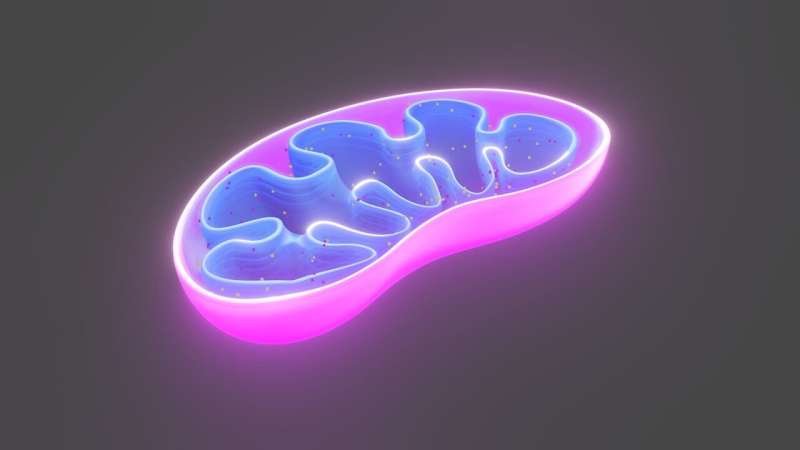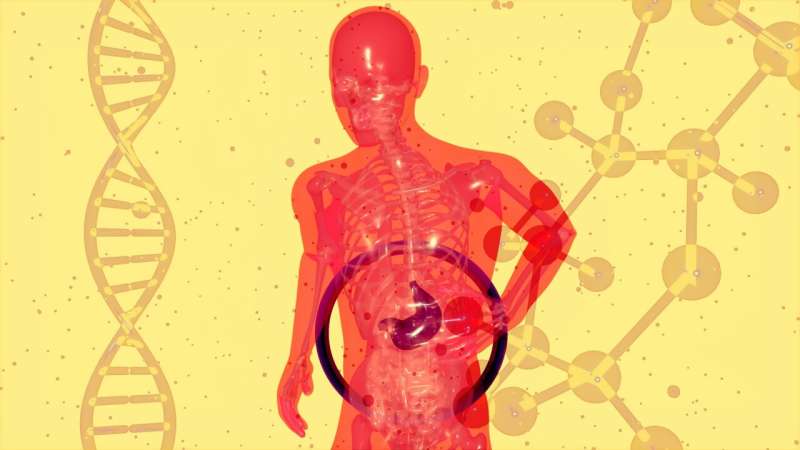How Diverse Brain Cells Collaborate to Make Decisions

Recent research uncovers how diverse brain cells coordinate through shared neural landscapes to facilitate decision-making, offering new insights into brain function and disorders.
Every decision our brain makes begins silently and invisibly. Before we take any action, the brain actively collects evidence, evaluates options, and gradually commits to a choice. Interestingly, even when faced with identical evidence, different individuals can arrive at varying conclusions—highlighting the complexity of decision-making processes. For example, in rush hour traffic, two drivers may see the same congested road but respond differently; one might accelerate to merge, while another cautiously slows down.
For a long time, the mechanisms behind how our vast network of brain cells—comprising billions of specialized neurons—work together to produce these split-second decisions have been largely unclear. However, recent research from Princeton University, in collaboration with Cold Spring Harbor Laboratory, Stanford University, and Boston University, has begun to shed light on this intricate process.
The study demonstrates that despite individual neurons exhibiting complex and diverse responses, their activity is influenced by an overarching shared structure that guides the brain toward a unified decision. This was elucidated through experiments involving rhesus macaques, which were trained to determine the dominant color (red or green) on a checkered screen. Tasks ranged from straightforward to ambiguous, requiring the monkeys to deliberate carefully. During this process, researchers recorded neural activity in the dorsal premotor cortex, a region involved in translating decisions into actions.
The findings revealed significant heterogeneity in neuron responses—each neuron responded differently even within the same trial—initially suggesting a complex neural code. But the key insight was that this apparent complexity arises from a specific neural coding principle. The team developed a computational model that indicates two critical features shape each neuron’s behavior: its tuning (which decision it tends to respond to) and the neural dynamics captured by a 'potential landscape.' This landscape functions like terrain where valleys represent stable decisions; neural activity behaves like a ball rolling into these valleys, driven by the terrain's slopes.
Analysis showed that in easier tasks, the landscape was steep, leading to quick and confident decisions. Conversely, in more difficult situations, the terrain was flatter and more susceptible to noise, resulting in increased indecision or errors. Despite diverse individual responses, all neurons shared the same underlying potential landscape—a collective neural architecture guiding decision processes.
"Think of it like a group of skiers descending a mountain," explains Dr. Tatiana Engel, senior author of the study. "Each skier may prefer a different path, but they are all influenced by the same slope beneath them. Similarly, the neurons, with their individual preferences, collectively follow the same terrain that guides the final decision."
Understanding this collaborative neural mechanism provides deeper insight into how the brain functions in normal decision-making and how it may malfunction in disorders such as schizophrenia or bipolar disorder, where decision processes are disrupted. Moving forward, Engel and her team aim to explore how various neuron types and their connections influence these decision landscapes, further unraveling the brain's decision-making architecture.
In summary, this research highlights that although individual neurons show complex, variable responses, their activity is ultimately orchestrated by a shared structure that helps the brain arrive at a coherent decision. This understanding marks a significant step toward understanding the neural basis of choice, with broad implications for neuroscience, psychology, and neuropsychiatric disorder research.
Stay Updated with Mia's Feed
Get the latest health & wellness insights delivered straight to your inbox.
Related Articles
Important Discovery of Cellular Energy Regulator Could Lead to Parkinson's Disease Treatments
A new cellular switch regulating mitochondrial health has been discovered, offering promising new targets for Parkinson's disease and mitochondrial disorder treatments. Researchers highlight how modulating B55 activity could improve neuron survival and disease outcomes.
AI-Driven Echocardiography Enhances Early Detection of Cardiac Amyloidosis
A new AI-powered echocardiography tool improves early detection of cardiac amyloidosis, enabling timely treatment and better patient outcomes. Developed by Mayo Clinic and Ultromics, this innovative system offers high accuracy in identifying amyloid buildup in the heart.
Disparities in Heart Attack Care Highlight Need for Policy Action
New research reveals racial and ethnic disparities in the treatment of heart attack patients, emphasizing the need for systemic improvements to ensure equitable care for all.
Scientists Discover Protein That Enables Liver Cancer to Survive Heat Treatment
Research identifies Galectin-1 as a key protein that helps liver cancer resist heat-based treatments, opening new avenues for improving ablation efficacy and reducing recurrence in liver cancer patients.



